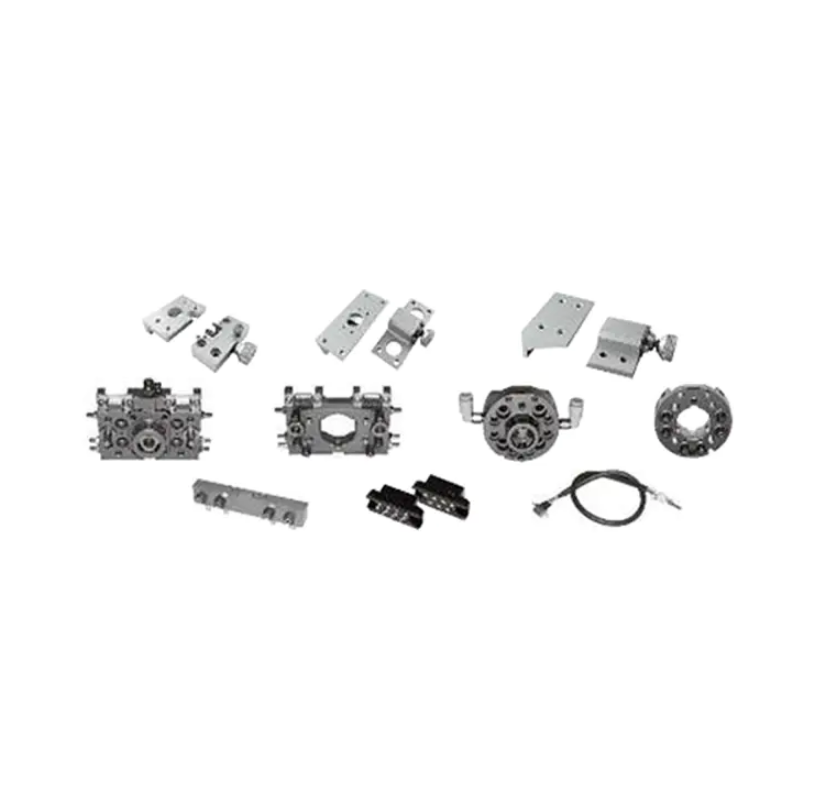The Mechanics of Progress: Understanding Manipulator Parts

In the realm of modern automation, manipulator parts play a pivotal role in enhancing efficiency and precision across various sectors. These components are integral to the functionality of robotic systems, which are designed to mimic human movements for tasks that are repetitive, dangerous, or require high accuracy. The primary components of a manipulator include the base, arm, joints, and end effector, each contributing to the overall performance of the robotic system.
The base serves as the stable foundation for the manipulator, ensuring that the arm can move without causing the entire structure to shift. The arm, which is the main structural component, is designed to extend and retract, allowing the manipulator to reach different areas within its workspace. Joints are what give the manipulator its flexibility, enabling it to move in multiple directions and perform complex tasks. They can be rotary or linear, depending on the required motion.
The end effector is the tool attached to the end of the arm, which interacts directly with the environment or the object being manipulated. It can be customized to perform specific functions such as gripping, cutting, or painting. The design of the end effector is crucial as it directly impacts the manipulator's ability to perform its intended task.
In summary, manipulator parts are the building blocks of advanced robotic systems. They enable automation in industries like manufacturing, where precision and efficiency are paramount. As technology advances, the design and capabilities of these parts continue to evolve, pushing the boundaries of what can be achieved through automation.
- Art
- Causes
- Crafts
- Dance
- Drinks
- Film
- Fitness
- Food
- الألعاب
- Gardening
- Health
- الرئيسية
- Literature
- Music
- Networking
- أخرى
- Party
- Religion
- Shopping
- Sports
- Theater
- Wellness


